Key points of antibacterial fabric design and production process
1. Characteristics and development trends of antibacterial fabrics
(1) Characteristics of antibacterial fabrics
The function of antibacterial fabrics is to prevent wound infection, disease transmission and bacterial decomposition through sterilization The purpose of producing odor due to organic matter. Depending on the antibacterial agents, fabrics with different antibacterial properties can be produced, such as antibacterial (Gram-positive bacteria, Gram-negative bacteria), anti-yeast, anti-fungal, anti-fungal, etc.
The application of antibacterial fabrics is first in the medical industry. Such as surgical gowns, nurse uniforms, patient uniforms, gauze, bandages, sheets, etc. With the gradual development of antibacterial fabrics, they have broken through the medical industry and entered the ranks of daily health care. Its products cover a wide range of products, including all kinds of inner and outer garments, wadding, quilts, quilt covers, pillowcases, woolen quilts, blankets, bedspreads, etc., including chair covers, sofa towels, tablecloths, curtains, etc., as well as towels, handkerchiefs, gloves, shoe linings, etc. , bath cloths, rags, cloth toys, etc., and can also be used for tent cloths, bags, professional clothes, etc.
(2) Development Trend of Antibacterial Fabrics
Antibacterial fabrics were developed in the early 20th century. After the Second World War, the United States, Japan and other countries successively invested a large amount of money and manpower in the research of antibacterial fabrics. Since the 1980s, methods for producing durable antibacterial fibers through polymer structure modification and blending modification of chemical fibers have begun to appear, with blending being the main method. The early bacteriostatic agents used in chemical fiber blended chemical fiber fabrics were generally laminates containing metal ions. Many of the bacteriostatic agents contained heavy metal ions. In recent years, as people’s awareness of environmental protection has increased, heavy metal ions are harmful to the human body. Ecotoxicity issues have gradually attracted people’s attention. Bacteriostatic agents containing heavy metal ions that have good antibacterial effects but are relatively toxic have been gradually eliminated. Instead, zeolites with antibacterial properties combined with silver ions are used as co-components with synthetic fibers. The main bacteriostatic agent of mixed modification, this bacteriostatic agent has a broad-spectrum antibacterial effect, is harmless to the human body, and has good thermal stability. In the past 10 years, antibacterial finishing agents with higher antibacterial efficiency, more convenient use, and better safety have continued to emerge and are continuously being screened in practical applications.
2. The mechanism and effect of antibacterial treatment
(1) The mechanism of antibacterial treatment
The antibacterial methods of antibacterial fiber or fabric can be divided into dissolution type and non-dissolution type. The bacteriostatic agent in the dissolution sample can spread around the sample on the culture medium and form a bacteriostatic ring. However, bacteria that come into contact with the sample will be killed and will no longer grow. A bacteriostatic zone will not form around the non-dissolving sample, but the bacteria in contact with the sample will be killed, and the bacteria cannot survive and reproduce in the sample. This method is also called adsorption sterilization. Bacteria (including fungi) are a diverse group of microorganisms that are widely distributed in nature and can live in soil, water, various animals and plants, and even in the air, almost everywhere.
The process of antibacterial fiber or fabric killing bacteria is that the antibacterial component penetrates into the cell membrane wall of the bacteria and then kills the bacteria. The antibacterial mechanism of antibacterial fabrics is:
(1) Inactivate various metabolic enzymes in bacterial cells, thereby killing bacteria.
(2) Chemically react with proteases in cells to destroy their functions.
(3) Inhibit spore formation and block DNA synthesis, thereby inhibiting bacterial growth.
(4) Greatly speed up the phosphate redox system and disrupt the normal growth system of cells.
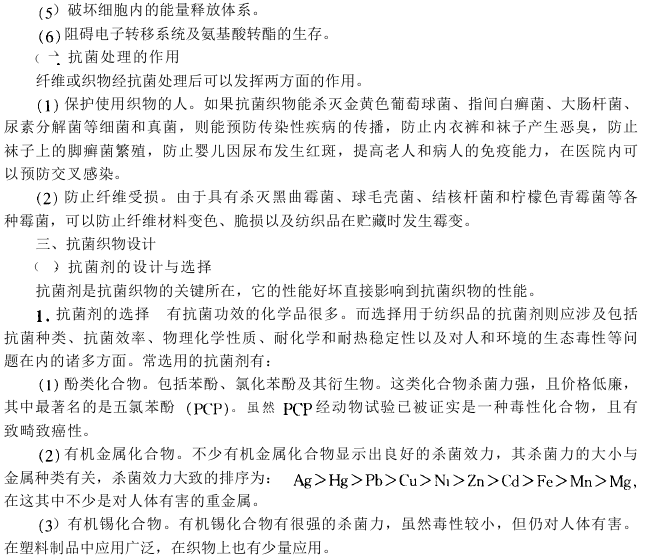
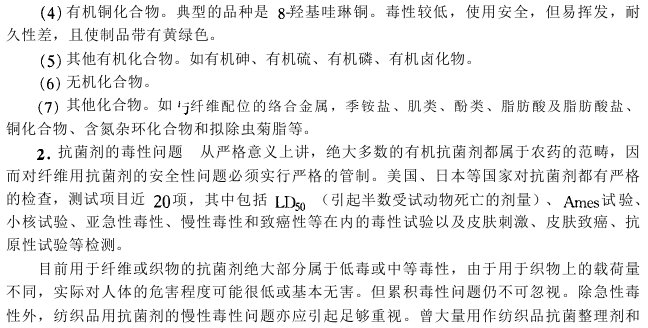
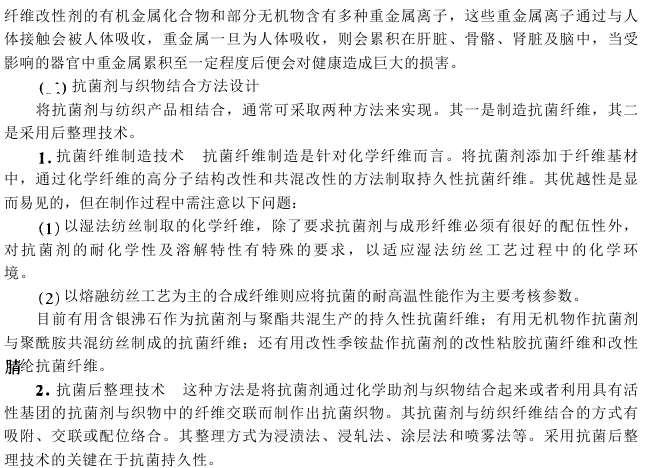
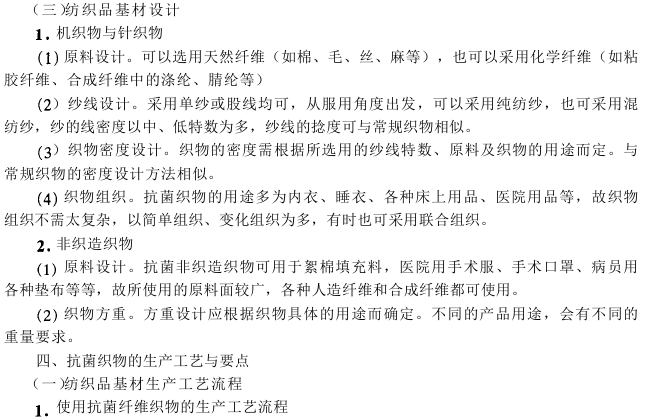
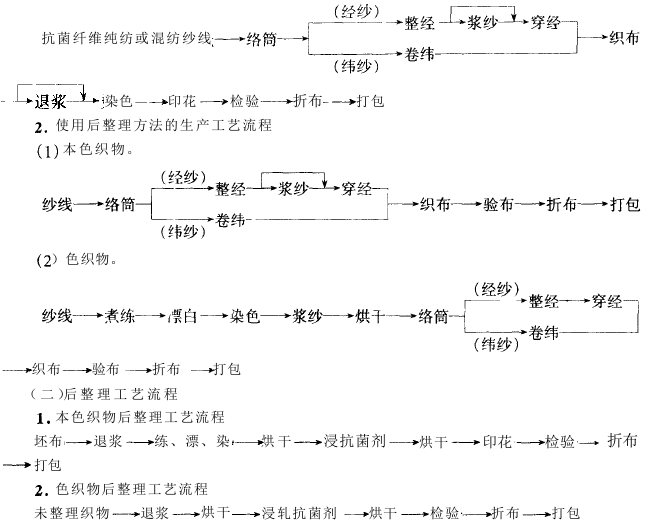
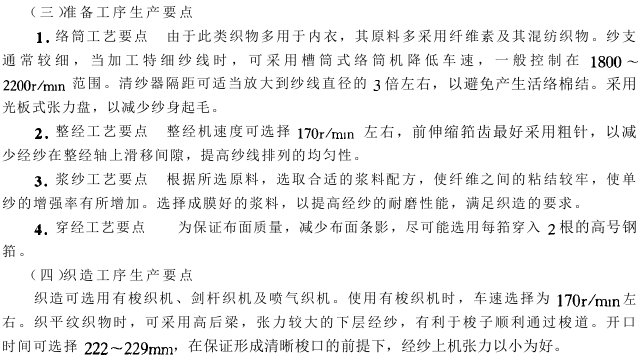

AAAVEGTRHYTJ







